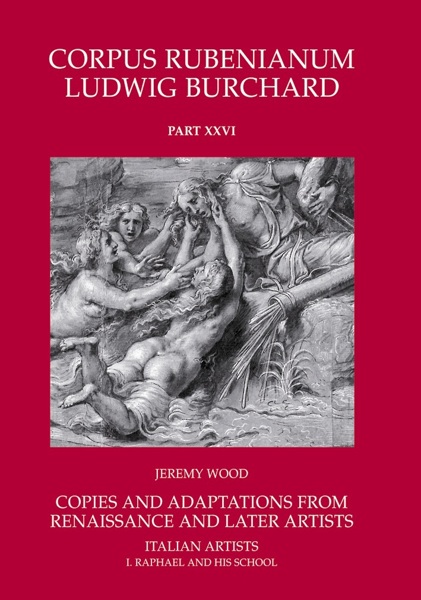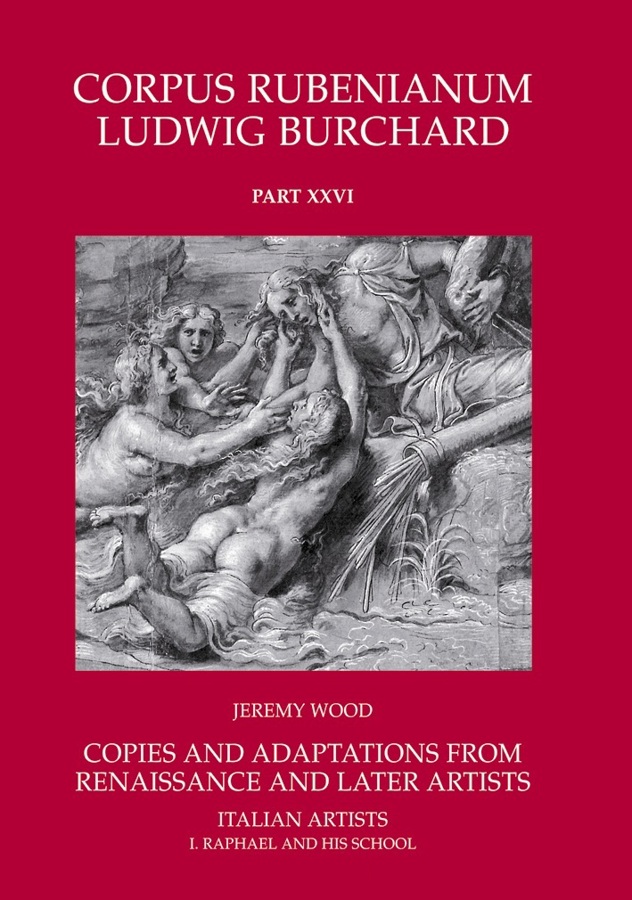
Copies and Adaptations from Renaissance and later Artists: Italian Masters. Raphael and his School
SET
Jeremy Wood
- Pages:2 vols, 717 p.
- Size:175 x 260 mm
- Illustrations:295 b/w, 16 col.
- Language(s):English
- Publication Year:2010
- € 135,00 EXCL. VAT RETAIL PRICE
- ISBN: 978-1-905375-39-4
- Hardback
- Available
"Although the catalogue raisonné as on art-historical genre is no longer fashionable ...., there could be no better demonstration of its lasting value than the thorough assessment of the art of Rubens found in these volumes." (K. De Clippel, in: The Burlington Magazine, vol. 154, n° 1307, February 2012, p.126)
"Die Bände von Belkin und Wood erschliessen auf exemplarische Weise eine Gruppe von Werken, die für das Verständnis von Rubens, seiner Kreativität und seinier Bilderwelt von entscheidender Bedeutung sind. Sie belegen eindrucksvoll, wie im eigentlichen Sinne grundlegend und zugleich inspirierend Œuvrekataloge sein können. Arbeiten wie diese bleiben die unverzichtbare Basis kunsthistorischer Forschung." (C. T. Seifert, in: Sehepunkte, 12 (2012), Nr. 5, 15.05.2012)
Rubens made relatively few drawings from paintings while in Italy between 1600 and 1608, although some survive after frescoes by Pordenone that he saw in Treviso and there are also a number that record Michelangelo’s paintings in the Sistine Chapel in Rome. Most of the catalogue entries, however, discuss the Italian copy drawings that Rubens bought during his travels and brought home to Antwerp. It will be argued that these sheets were taken out and retouched by him throughout his career. In total, this material amounts to one of the largest collections of graphic art assembled by a late Renaissance painter, and as a result it reveals Rubens’s sophisticated and complex dialogue with Italian art.





